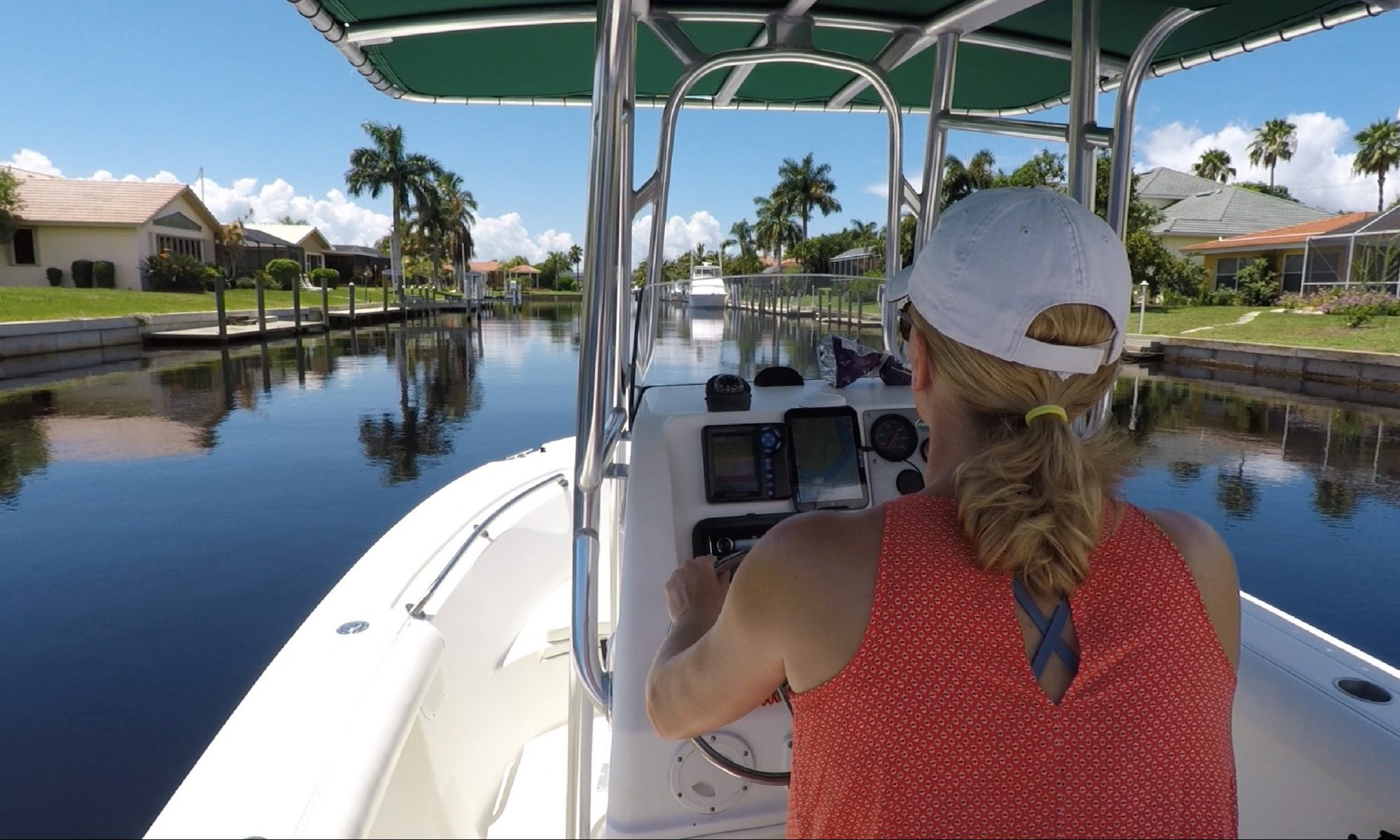The Great Miami Hurricane of 1926 was one of the most devastating natural disasters in the history of Florida. The storm formed in the Atlantic Ocean on September 11, 1926, and made landfall near Miami on September 18 as a Cat 4 storm with winds of up to 145 mph.
The hurricane caused widespread destruction in South Florida, with Miami and nearby cities suffering the brunt of the damage. Many buildings, including homes, businesses, and public structures, were destroyed or severely damaged. The high winds and heavy rainfall caused flooding, with some areas experiencing up to ten feet of water.
The storm claimed the lives of more than 300 people, with many others injured or left homeless. The hurricane was particularly devastating for the Miami area, which was still in the process of recovering from the disastrous land boom of the 1920s. The storm caused millions of dollars in damages, making it one of the costliest hurricanes at the time.
In the aftermath of the storm, the city of Miami and the state of Florida launched a massive relief effort to help those affected by the disaster. The American Red Cross and other organizations provided aid to those in need, and volunteers from across the country came to Florida to help with the recovery effort.
Despite the immense destruction caused by the Great Miami Hurricane of 1926, the people of South Florida were determined to rebuild. In the years that followed, the city and state worked to improve their infrastructure and implement new building codes to better protect against future storms.
The Great Miami Hurricane of 1926 was a devastating natural disaster that left a lasting impact on the city of Miami and the state of Florida. While the storm caused immense destruction and loss of life, it also brought out the best in the people of South Florida, who rallied together to help their fellow citizens and rebuild their communities




